Dances Of Goa
May 19, 2019 • 230 views
GOA IS A SMALL STATE ON THE WEST COAST OF INDIA. THE PEOPLE OF GOA ARE KNOWN FOR THEIR DANCE AND SINGING SKILLS. GOA HAS MORE THAN 5 DANCE FORMS. MENTIONED HERE ARE FIVE MOST FAMOUS DANCES IN GOA.
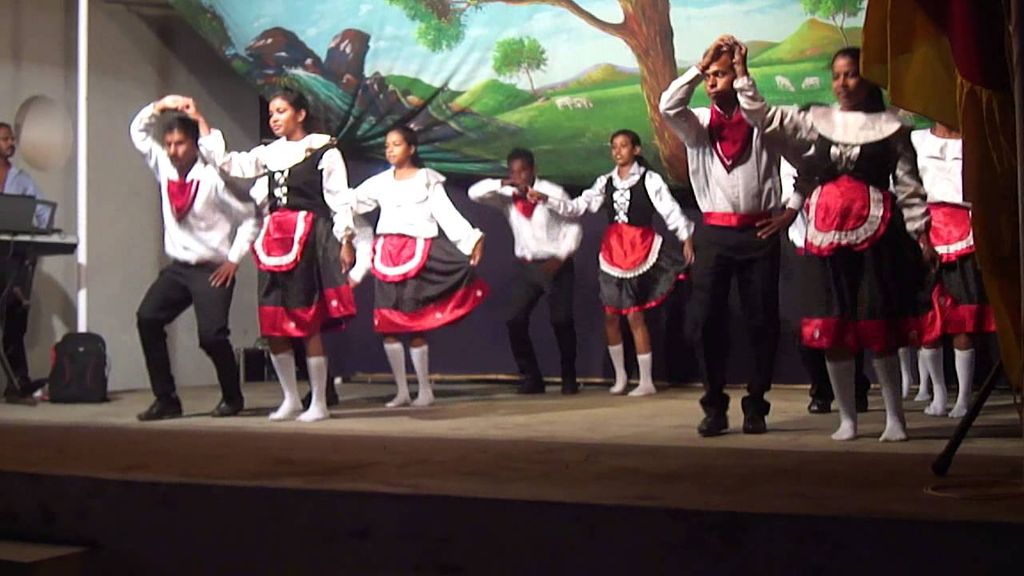
Corridinho
Goa was ruled by the Portuguese for a long time. Goa has some influences left behind by the Portuguese. One of them is the dance Corridinho which is danced in pairs. This dance is popular between all the people in the south as well as north. The songs used are sung in Portuguese and have a similar rhythm to which the people dance. They have colorful costume is a feast to the eyes of the audience. During Portuguese celebration or even annual days, these dances are performed in front of a large audience.
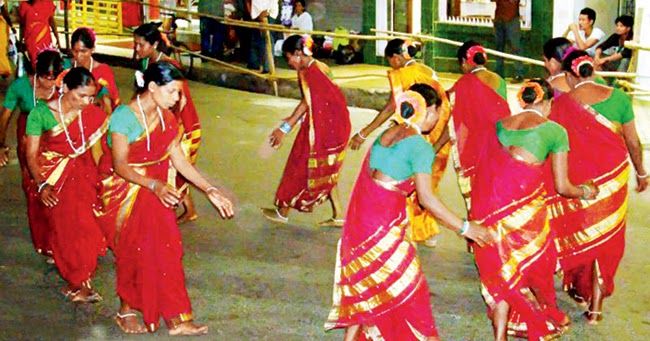
Fugdi
Fugdi is the most popular dance form in Goa. This dance is danced by women. It starts in dancing in a circular motion in a slow pace which quickens as time goes by. It is named fugdi because the dancers while dancing make a sound like ‘foo’. There is kotti fugdi and kalso fugdi that features coconut shells or water pitchers in the hands of the women.
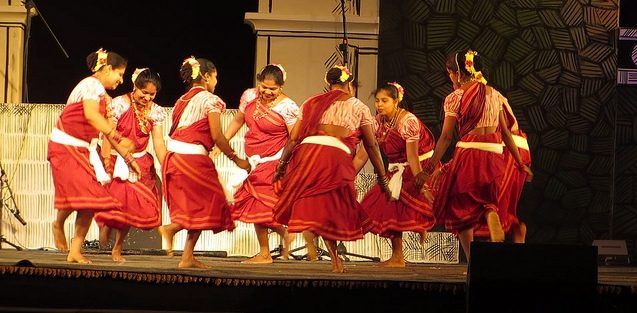
Kunbi
One of the earliest settlers in Goa were the Kunbi’s. Settled somewhere in the Salcete taluka, these tribals had a special dance that they performed for special occasions like wedding or birthdays. Nowadays these dances are performed with the dance ‘Fuggdi’ a few days before carnival. They wear colorful ethnic dressing that is unique to that tribe. These dances are not religious but entirely social and are accompanied by the goan instruments of ghumot and tabla.
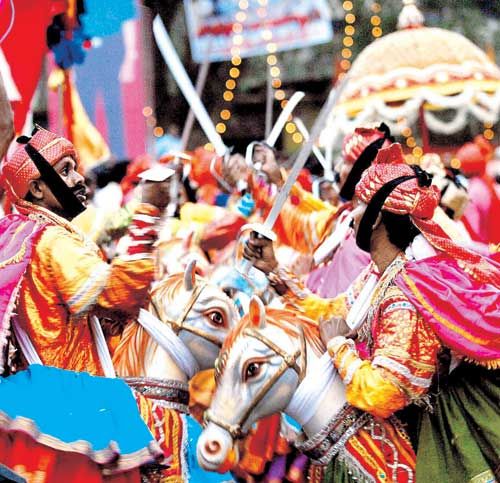
Ghodde Modni
Ghodde means ‘horse’ and Modni is a type of dance movement. Celebrated during the “Shigmo” festival, this dance is unique to the Kshatriya caste in Bicholim and Ponda. In the dance, performers wear a flowered headgear and carry a wooden horse around themselves. The movement of the men is horse-like and they carry a sword in hand. The dance also features men who fight with the swords and horse around them. They depict a fight fought between the Kshatriya’s and the Portuguese. This dance is accompanied by Ghumot, Dhol and Tasha.
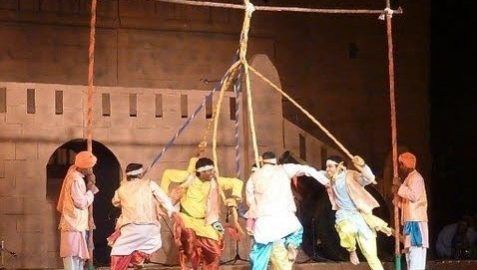
Goff Talgadi
The dance is performed by men and is a part of mid-summer jubilation. The performers were usually peasants but now it is performed by any men troupe. The Goff includes an arc with colorful cloths hanging from the arc. The dancers weave the cloths into a braid and then they untangle that braid. This dance requires a lot of discipline and practice. The dance is accompanied by Dhol and Tasha.
